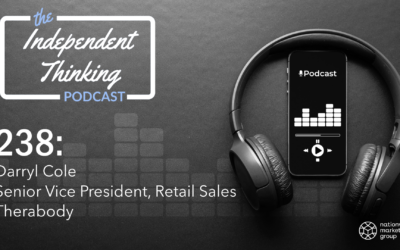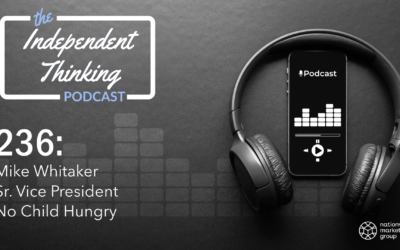I may be a little biased, but arguably the most important part of the journey has to be receiving payment for goods and services. Your customer has made it towards the end of the sales cycle, and you’re ready to take their money. Seems simple right?
Well, like most areas of the business, things have changed drastically over the past year or two. Today, customers look for multiple ways to pay, and they EXPECT that you can accept their payment from their preferred provider (especially online). Let’s roll through each type of payment method and explore ways to ensure you’re staying out in front of this fast-changing industry.
Credit and Debit Cards
Credit and debit cards are still the most frequently used forms of payment. Nothing major to report here in accepting the cards. However, make sure you are PCI compliant, and make sure you’ve checked your processing rate/fees recently. We often see Members who have gone years since they signed up with a payment processor, and both their rates and fees have gone up. Your Membership provides you instant access to group negotiated rates that are locked in. Nationwide saves Members thousands of dollars each year — so don’t miss out on this easy benefit.
Consumer Finance
Financing a purchase is one of the easiest ways to increase your average ticket size. We see our average ticket increase from $600-$800 on our credit card programs to $1,900 – $2,100 when customers can pay over XX months. Your customer will spend more when they don’t have to come out of pocket for the full amount today. Make sure you’re advertising early and often that payment terms are available – both in-store and online! Nationwide has worked closely with Synchrony and Wells Fargo to make sure you can now offer financing online as easy as in store.
Secondary and Tertiary Lenders
With an estimated 60% of appliance purchases made in duress, most customers entering the appliance market weren’t planning on replacing their appliances. As such, they also weren’t planning to have $1,000 on hand for that purchase. For customers with little or no credit history (Millenials, Gen X, Gen Z), don’t let these customers leave your store when/if they’re declined from a primary lender. Make sure you have a solution for every customer.
Alternative Payment Methods
Here’s where things get a little tricky: APMs — Alternative Payment Methods — can include bank-to-bank transfers (ACH), ApplePay, GooglePay, and/or BNPL (Buy Now Pay Later) services and even QR codes. Crypto currency — although not widely adopted yet — would also fall in here and is one we have to keep an eye on as its popularity increases. While some of these may feel foreign to you, convenience for the customer is the key driver here. I encourage you to look at adding these payment types to your website and even to your in-store experience.
It’s imperative to end the shopper journey on a high note. A satisfying experience at every stage of the journey can help create a customer for life. So, make sure you’re eliminating those barriers along the way, especially when it comes to the customer’s preferred payment methods.




